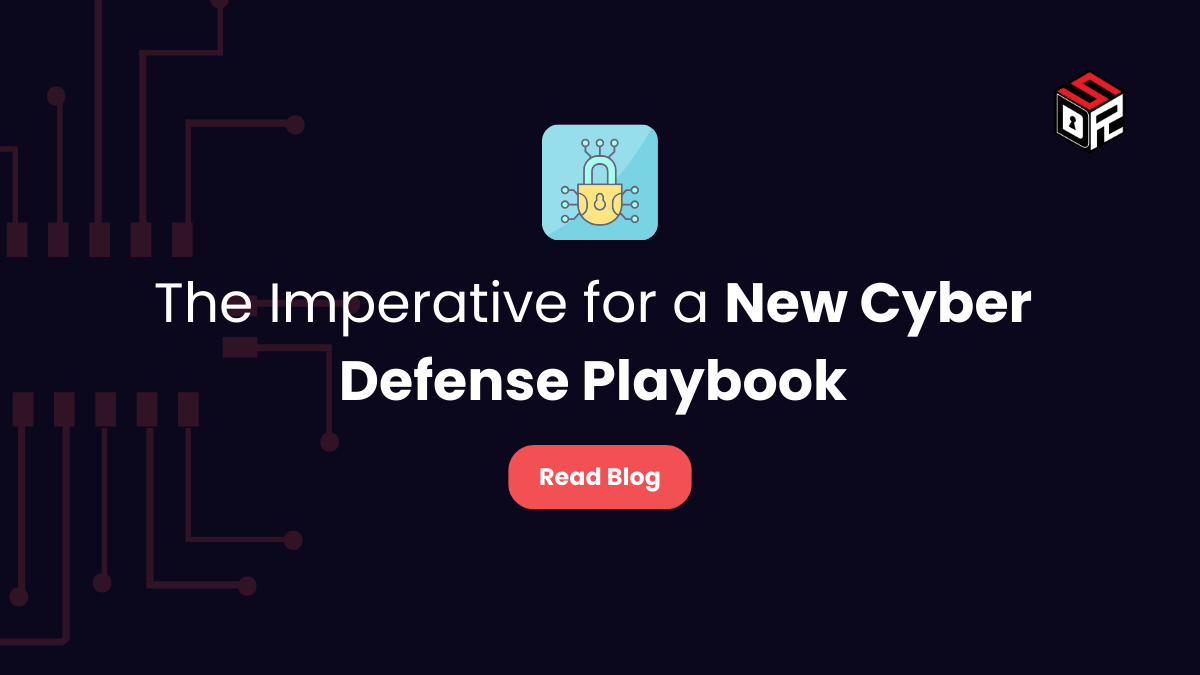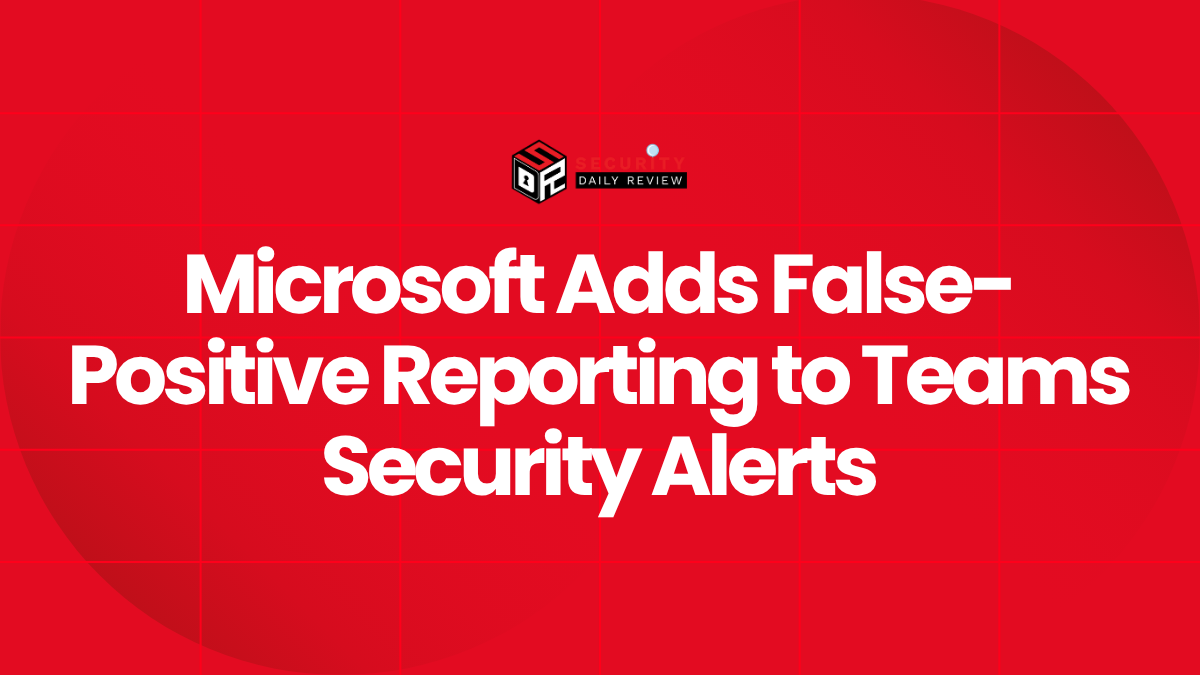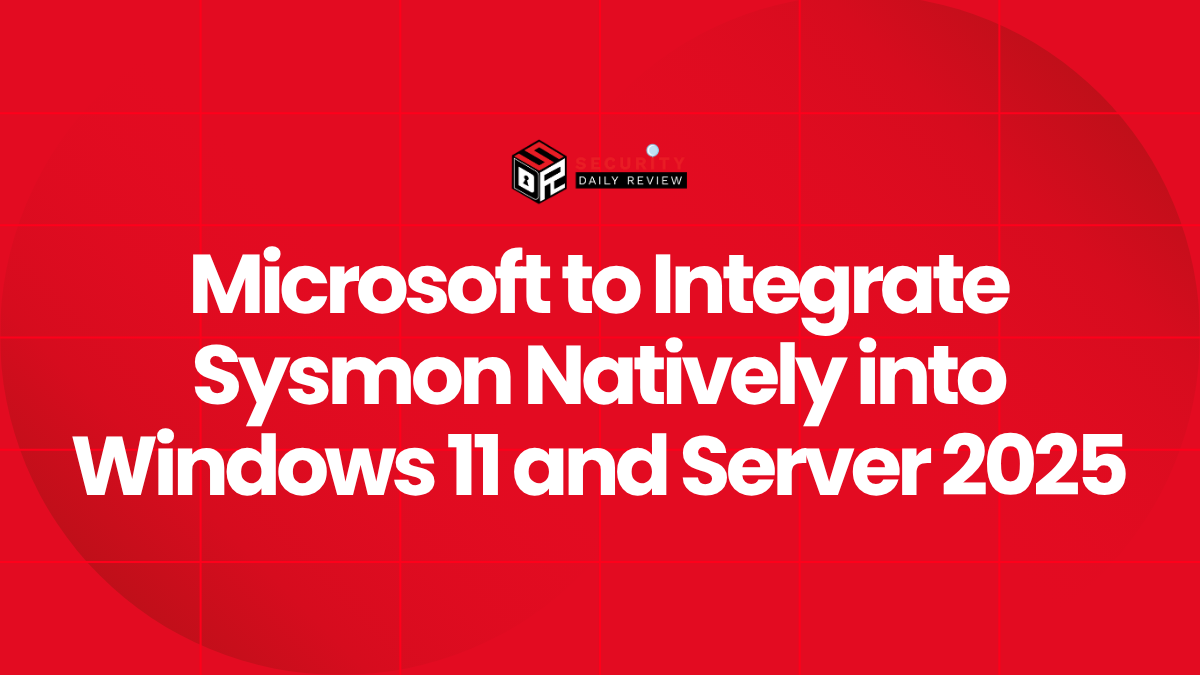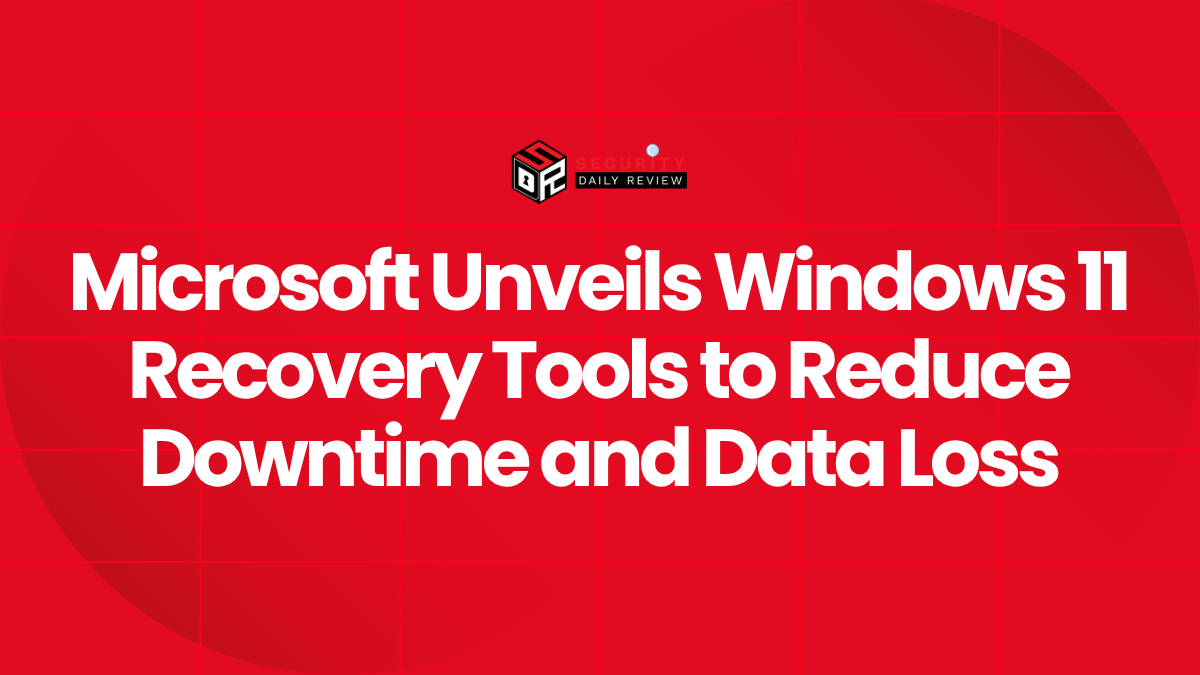As the cybersecurity landscape grows increasingly hostile and complex, traditional defensive frameworks are struggling to keep pace. Mounting pressure from AI-driven threats, a fatigued cybersecurity workforce, and rising global tensions have created a perfect storm where existing cyber defense tactics are proving inadequate. CISOs and cybersecurity leaders now face a pivotal moment: recognize the need for a strategic overhaul or risk falling behind the evolving threat curve.
Evolving Threat Actors are Weaponizing AI, Redefining the Battlefield
Offensive cyber operations are no longer the domain of human ingenuity alone. Threat actors are rapidly adopting artificial intelligence (AI) to scale attacks with unprecedented speed and sophistication, forging a new cyber battleground where traditional defenses are increasingly ineffective.
Near-Invisible Threats: AI-Adaptive Malware and Deepfakes
Emerging attacks now leverage self-evolving malware, real-time vulnerability scans, and AI-generated deepfakes for phishing campaigns so tailored that even tech-savvy professionals struggle to spot them. Personalized social engineering tactics, such as voice-cloned executives or AI-powered spear phishing, are eroding trust and bypassing basic controls.
According to TechRadar, 70% of organizations in the U.K. were successfully targeted by phishing scams in the past year. Compounding the threat, generative AI (GenAI) tools like ChatGPT and Gemini are being misused through techniques such as prompt injection attacks. Analysts warn that these risks will likely intensify, with over 40% of breaches projected to stem from improper GenAI usage by 2027.
Defensive AI Offers Hope—but Also Risk
While AI enhances defense capabilities through anomaly detection, automated threat response, and predictive analytics, over-relying on these tools may introduce blind spots. Automation can falter under adversarial conditions or data bias, making human oversight and governance critical.
Significantly, a new risk has emerged: machine identities. As non-human accounts now outnumber human users by a factor of 100:1, many remain poorly governed. The lack of visibility and authorization controls on these identities introduces unchecked access pathways into critical infrastructure.
To counter this, security leaders must embed robust identity governance mechanisms, enforce least-privilege access principles, and closely monitor AI-based operations as part of broader AI security strategies.
People are Still the Weakest—and Most Exhausted—Link
Even as AI reshapes the threat landscape, human factors remain a glaring vulnerability. Recent data from KnowBe4 reveals that 43% of cybersecurity professionals cite employee distraction as the root cause of incidents, more than any other factor. Burnout, fatigue, and the pressure to respond quickly to incidents only compound this issue.
The Toll of Burnout and the Human Capital Crisis
Cybersecurity professionals are under relentless strain, caught between managing increasingly complex toolsets and responding to escalating threats. The psychological toll is measurable: diminished morale, slower response times, and greater risk exposure. This issue is especially concerning as the labor gap in cybersecurity widens.
Moreover, 31% of incidents are attributed to employee fatigue or burnout, underscoring how operational stress levels directly correlate with breach frequency.
Human-Centric Risk Management Remains Essential
While machine learning can scale detection, the human element must not be marginalized. Forward-looking organizations are investing not only in tools but in people—via enhanced training programs, manageable alert pipelines, and health-focused team structures.
Phishing remains the top threat vector, particularly via social media and impersonation attacks. Addressing this requires sustained investment in awareness initiatives, including frequent simulated phishing exercises and cognitive load management strategies for analysts.
Security Tool Sprawl Creates a Paradox of Over-Protection
Despite record-high investment in cybersecurity tools, many enterprises remain vulnerable. The Logicalis 2025 CIO report finds that 88% of companies experienced incidents this year—43% of them multiple times—despite significantly expanded security stacks.
Unused Tools and Unclear Value Erode Defenses
The core problem lies in complexity. Half of CIOs admit their security environments are too tangled to manage effectively. Redundancy, misconfiguration, and underutilized tools result in coverage gaps, detection delays, and frustrated teams.
This highlights a paradox: more tools do not mean more protection. Instead, fragmented environments slow decision-making and obscure visibility.
Simplicity and Integration Should Guide Modern Strategies
Organizations need to shift from tool accumulation to strategic rationalization. This includes:
- Consolidating tools where possible
- Prioritizing solutions for integration and interoperability
- Aligning procurement with actual threat profiles and use cases
Simplification enables better correlation, responsive actions, and ultimately a more resilient posture against emerging risks.
Toward a Proactive, Intelligence-Led Cyber Defense Strategy
Navigating today’s cyber threat environment demands a move from reactive defense toward proactive cyber defense strategies grounded in visibility, governance, and intelligent automation.
Proactive Technologies Enable Resilience
A forward-looking cyber strategy should include:
- AI-enhanced threat detection and response capabilities
- Behavioral-based monitoring for detecting anomalies, especially in GenAI use
- Self-healing networks that restore functionality autonomously
- Blockchain-supported integrity checks for sensitive data
- Global threat intelligence collaboration to stay ahead of evolving tactics
These approaches position organizations to detect, predict, and counteract threats before they materialize.
Security Culture is as Important as Security Stack
A new cyber defense playbook must also include cultural reform. Embedding cybersecurity into organizational DNA—through executive buy-in, transparent risk assessments, and ongoing role-based education—is essential to transforming vulnerabilities into strengths.
This dual-pronged approach, balancing technological innovation and human resilience, ultimately offers the most sustainable path forward.
Rethinking Defense is No Longer Optional
The status quo in cybersecurity is no longer tenable. AI-driven threats are accelerating, human error remains pervasive, and overloaded technology stacks are undermining their own promise. The call to action is clear: streamline defense architectures, invest in people, and adopt strategic, proactive frameworks to build cyber resilience at scale.
The next phase of cybersecurity will not be won by those with the most tools—it will be secured by those with the smartest strategies and strongest cultures. The time to rewrite the cyber defense playbook is now.









